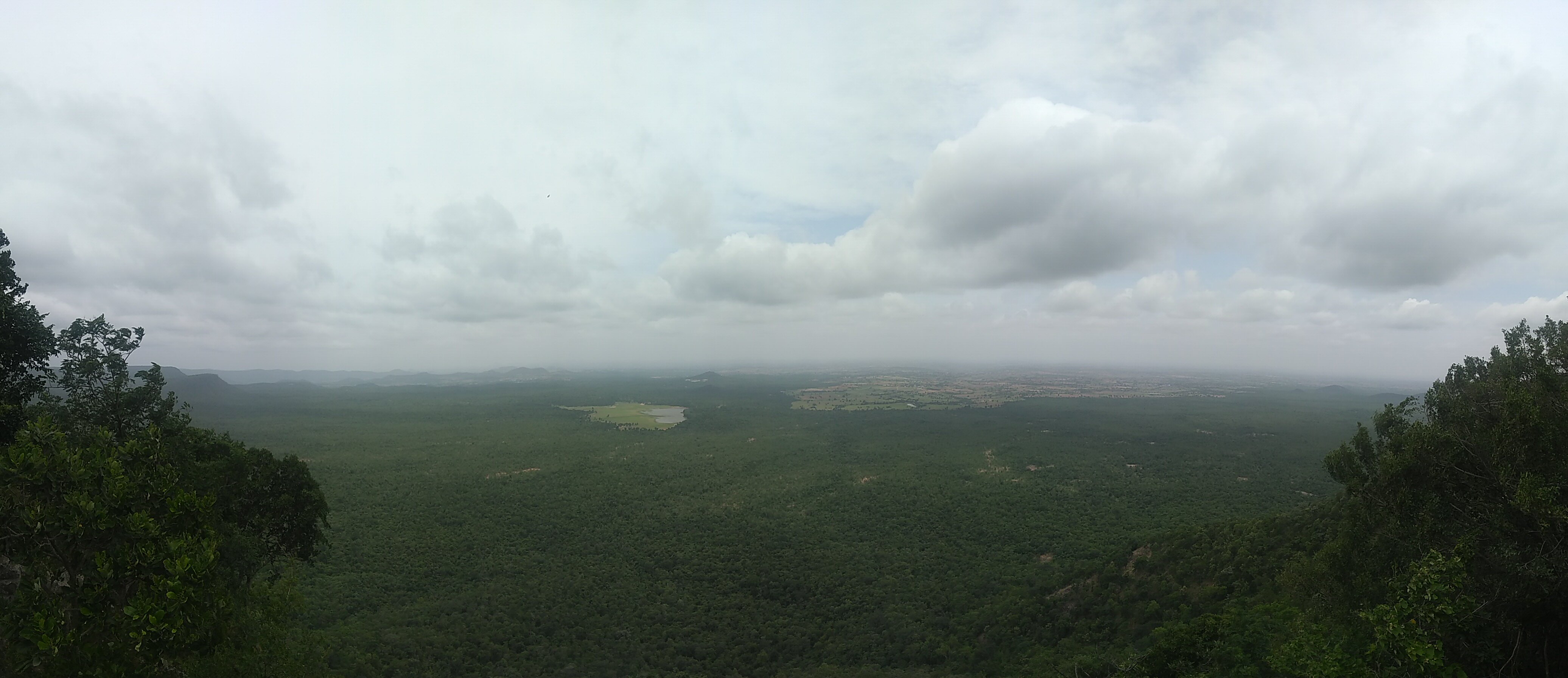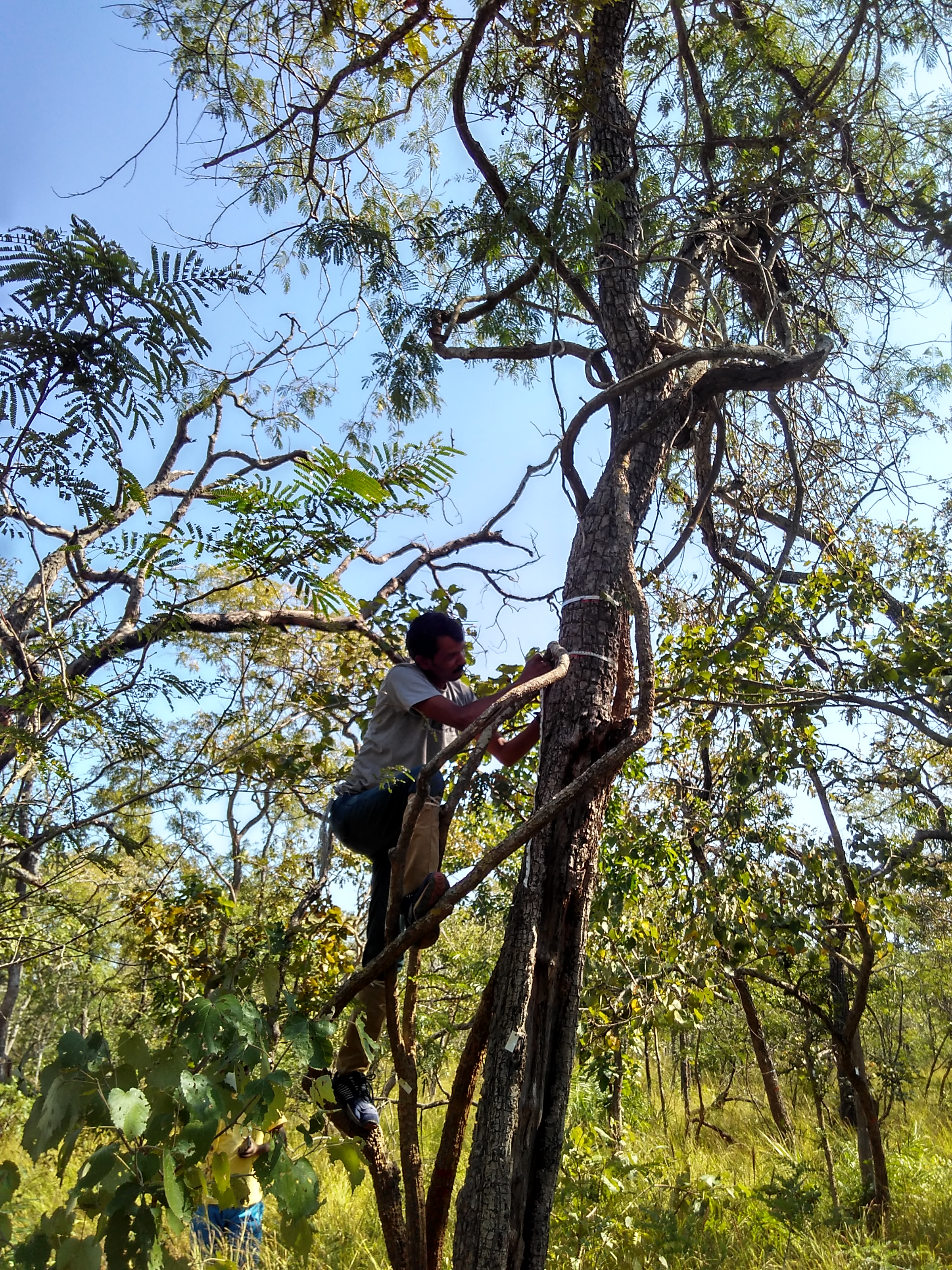Museum and Field Stations Facility - NSTR

Ngarjunsagar Srisailam Tiger Reserve Field station
To date, our most in-depth knowledge of vegetation dynamics comes from various international networks established to monitor permanent forest plots within different ecosystems over long periods of time (> 25 years). Examples include the long-term plots initiated by the Centre for Tropical Forest Science plots (CTFS) of the Smithsonian Tropical Research Institute and the Arnold Arboretum of Harvard University, the RAINFOR Amazon Forestry Inventory network. The need for an extensive network of long-term vegetation plots was being strongly felt in a country like India, which has a great variety of climates, soils, and vegetation types. However, apart from plots established at Mudumalai, Tamil Nadu, as part of the CTFS network, there was an absence of similar efforts in other parts of the country.
To address this gap, the National Centre for Biological Sciences (NCBS), Bangalore established the Long-term Ecosystem Monitoring Network - India (LEMoN-India), a country-wide collaborative effort to establish and monitor a network of 1 ha forest plots across different forest types of India, and across environmental gradients in order to understand factors regulating long-term forest dynamics and potential responses of these systems to future climate change.
Our primary goals in the long-term plots include:
1. To characterize forest structure, species diversity, biomass, carbon stocks and nutrient
cycling patterns across broad climatic and edaphic gradients.
2. To understand how climate change may potentially influence community composition,
forest dynamics and carbon storage in the long term.
3. To develop effective strategies for long-term sustainable use and management of forests.

Dendroband sampling at NSTR
As part of the LEMoN network of plots, in the year 2013, we established two 1 hectare plots in relatively undisturbed stands of forest that are homogeneous and well-representative of the native habitat, in an area near Tummalabailu Village (N 15.95930, E 078.91023), Markapur Division, Ngarjunsagar Srisailam Tiger Reserve (NSTR) and an area near Farahbad view point (N 16.145256 E 78.403719), Achampet Division, Amrabad Tiger Reserve (ATR).
Floral and faunal diversity:
According to the Forest Department’s website (www.nstr.in), over 1400 plant species, 80 species of mammals, 303 species of birds, 54 species of reptiles, 20 amphibians, 55 fishes, 101 species of butterflies, 57 species of moths, 45 species of coleopteran, 30 species of Odonata and numerous other forms of insects have been reported from NSTR. In our plots, we have recorded 1200 trees from 57 species from the ATR plot and about 1100 trees from 45 species from the NSTR plot. The most dominant family (over 30 % of the dominant species) present in the plot was Combretaceae (Anogeissus latifolia and Terminalia elliptica).
Since the year 2014, we have been monitoring the tree growth rates (quarterly), seedling survival (monthly), seed arrival (fortnightly) and climatic parameters (temperature and rainfall) in the two plots. Over the last one year, we have been monitoring phenology of the dominant trees in the plot and leaf area index in fixed points in the two plots every month. We have also been collecting leaves every month from the dominant tree species to evaluate the carbon isotope (δ13C) values which are indicative of the moisture stress that the trees in the plots experience.
How to get there:
The field station for the research being carried out in NSTR and ATR is located in Sunnipenta town, 6 km from Srisailam. From Hyderabad, the field station is located 233 km away and from Kurnool, it is located 178 km away. There are direct buses from Bangalore to Sunnipenta, however, the journey is relatively uncomfortable. It is more convenient to take a bus or train to Kurnool or Hyderabad and an onward bus to Sunnipenta. Alternatively, flights are available from Bangalore to Hyderabad.
Contact:
Karthik Teegalapalli
Post doctoral Fellow,
Communities and Ecosystems Ecology lab,
National Centre for Biological Sciences, Bangalore
email: Karthik(dot)teegalapalli(at)gmail(dot)com
phone: 9449071773


